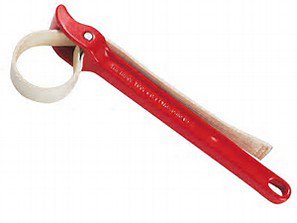- Joined
- Jul 20, 2014
- Messages
- 1,386
I think I trust the engineers at Albrecht when they designed their chucks NOT to use oil or any lubricant on the spindle threads.
This information is also in G.Lautards MBSR #2 in his great description on how to re build an Albrecht drill chuck AND Albrechts primer on how to rebuild their chucks.
I've disassembled all of my Albrechts, 6 to date, to lubricate the hood threads and jaw guides only, so that 10 years from now, rebuilding them
will be much easier. Like Mikey wrote, the Albrecht is a self tightening design and a greasy, oily spindle thread will make the chuck loose it's grip. Friction is your friend here. These are not high wear parts. They will last for a very long time with normal use and care. I've seen 15 year old Albrechts at the shop where I worked and they are like new! and no rust.
(See Mikey's great blog with photos with the use of DIY aluminum clamps). Albrechts are amazing works of engineering and manufacturing.
The workmanship is amazing; so it always sad to see an abused Albrecht. The Albrechts are built like tanks,.... but even tanks can get blown to bits.
This information is also in G.Lautards MBSR #2 in his great description on how to re build an Albrecht drill chuck AND Albrechts primer on how to rebuild their chucks.
I've disassembled all of my Albrechts, 6 to date, to lubricate the hood threads and jaw guides only, so that 10 years from now, rebuilding them
will be much easier. Like Mikey wrote, the Albrecht is a self tightening design and a greasy, oily spindle thread will make the chuck loose it's grip. Friction is your friend here. These are not high wear parts. They will last for a very long time with normal use and care. I've seen 15 year old Albrechts at the shop where I worked and they are like new! and no rust.
(See Mikey's great blog with photos with the use of DIY aluminum clamps). Albrechts are amazing works of engineering and manufacturing.
The workmanship is amazing; so it always sad to see an abused Albrecht. The Albrechts are built like tanks,.... but even tanks can get blown to bits.


